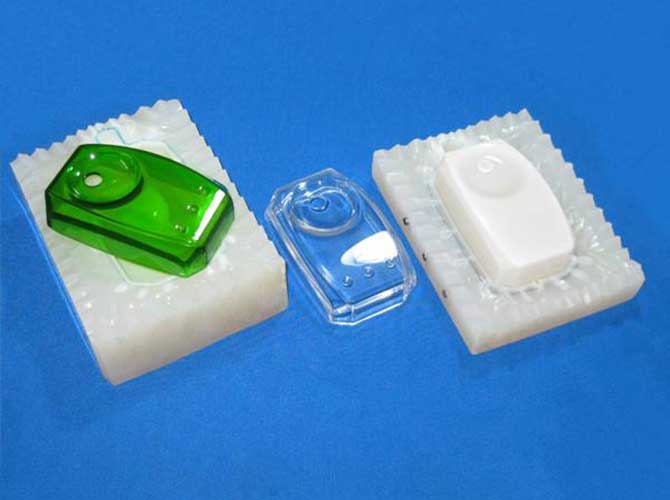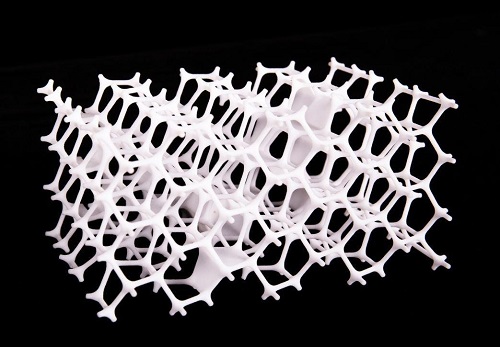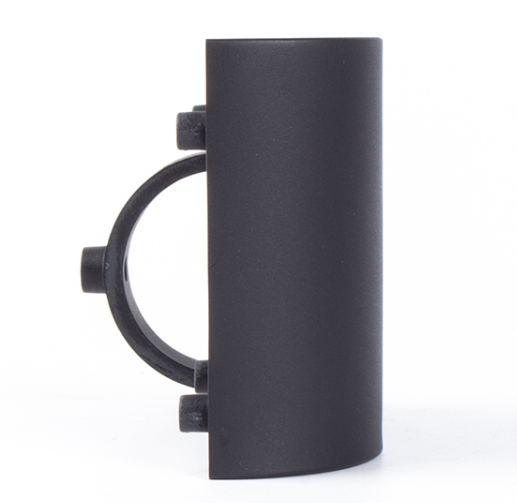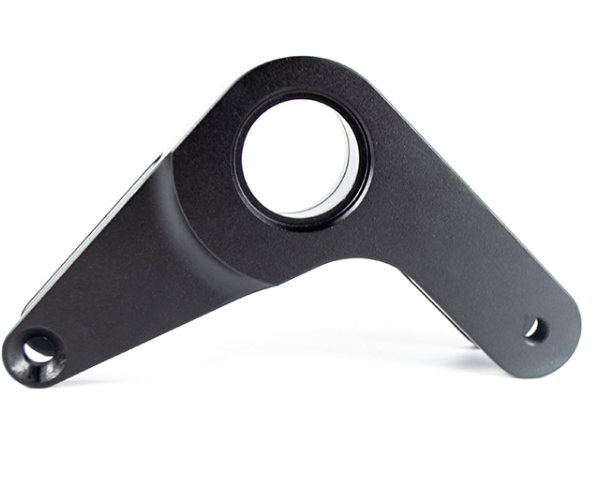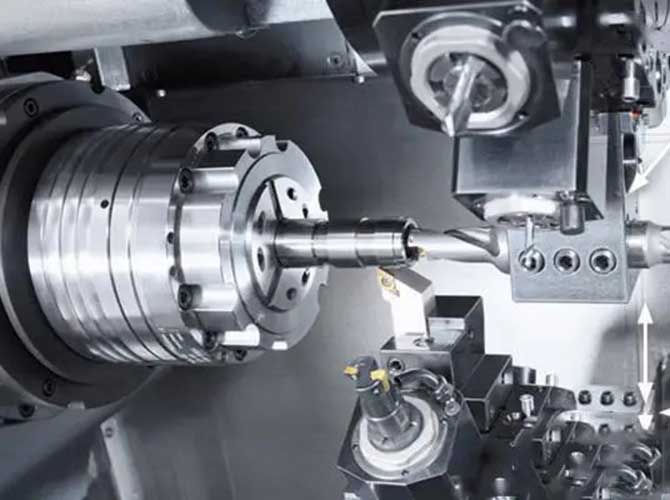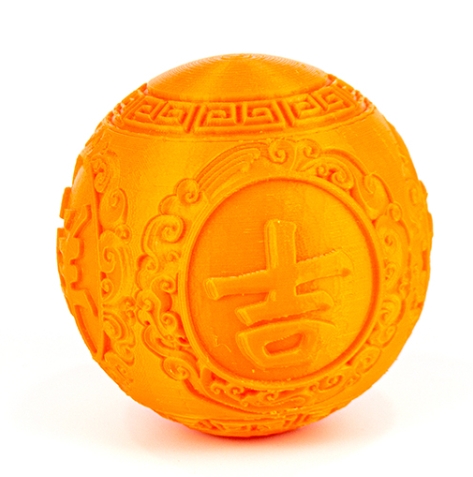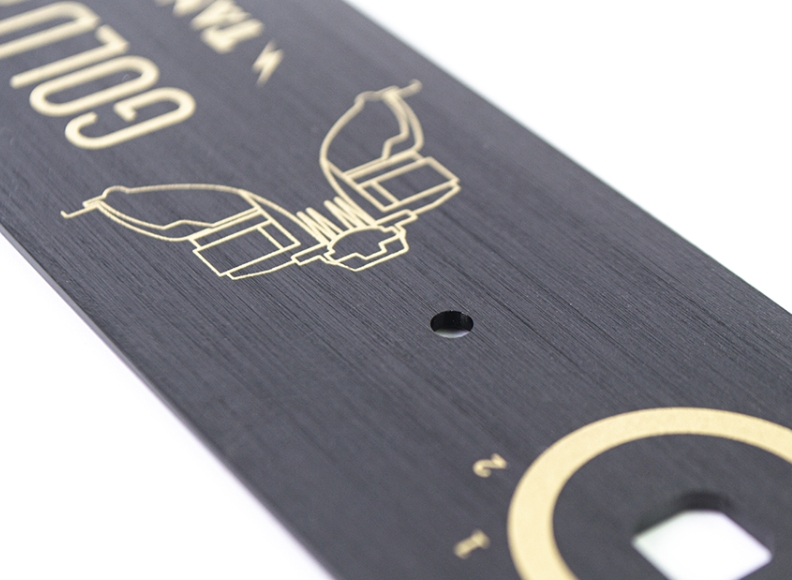If you’re working on prototype development—whether for consumer electronics, الأجهزة الطبية, or automotive parts—you’ve likely heard of silicone Vacuum casting. But one critical question always pops up: What level of accuracy can this process really deliver?
في هذا الدليل, we’ll break down everything you need to know about silicone Vacuum casting accuracy: from typical precision ranges to the factors that affect it, how to maintain it, والأمثلة في العالم الحقيقي. Our goal is to help you decide if this process fits your project’s accuracy needs.
1. أولاً: What Is Silicone Vacuum Casting?
Before diving into accuracy, let’s make sure we understand the basics of silicone Vacuum casting. It’s a popular rapid prototyping process used to create small-batch replicas (usually 10–100 parts) that match the look and function of final products. Here’s how it works in 4 simple steps:
- Create a master prototype: أولاً, you make a detailed master part using methods like تصنيع CNC (for high precision) أو SLA 3D الطباعة (for complex details). This master defines the final part’s shape and accuracy.
- Make a silicone mold (تحت فراغ): Liquid silicone is poured over the master prototype in a vacuum chamber. The vacuum removes air bubbles—this step is key to capturing fine details and ensuring accuracy. The silicone cures at room temperature (20-25 درجة مئوية) for 8–12 hours.
- Cast the replica: Once the silicone mold is ready, you pour casting materials (يحب راتنج بو, القيمة المطلقة, الكمبيوتر الشخصي, or PA) into the mold—again, under vacuum to avoid bubbles. These materials cure quickly (usually 2–4 hours).
- Finish the part: Remove the replica from the mold, then add small finishes (like sanding or painting) إذا لزم الأمر.
2. سؤال أساسي: What Is the Accuracy of Silicone Vacuum Casting?
الجواب القصير: Typical dimensional accuracy ranges from 0.1mm to 0.2mm, و assembly accuracy can reach ±0.1mm. This is precise enough for most prototype and small-batch production needs—even for parts that need to fit together tightly.
To make this clearer, let’s look at a table that links accuracy levels to common use cases:
| Accuracy Range | Key Application | Example Part | Why This Accuracy Matters |
| 0.1mm – 0.2mm | General prototypes | Phone case frames, مكونات لعبة | Ensures the part matches the design’s size and shape. |
| ± 0.1mm (حَشد) | Interlocking or fitting parts | Electronic connector ports, التروس الصغيرة | Guarantees parts fit together without gaps or tightness. |
| 0.05mm – 0.1mm (high-precision) | Medical or automotive critical parts | Syringe plungers, علب المستشعر | Meets strict industry standards for safety and performance. |
Real Example: A consumer electronics company used silicone Vacuum casting to make 50 prototypes of a wireless earbud charging port. The process delivered an accuracy of 0.12mm—perfectly matching the master prototype. When tested, all 50 ports fit the earbuds without any adjustments.
3. 4 Key Factors That Affect Silicone Vacuum Casting Accuracy
Not all silicone Vacuum casting projects hit the 0.1mm–0.2mm accuracy mark. Four factors can make or break your part’s precision:
عامل 1: Quality of the Master Prototype
The master prototype is the “template” for your mold—if it’s inaccurate, the replicas will be too.
- Good Practice: يستخدم تصنيع CNC for master prototypes if you need maximum accuracy (CNC can achieve ±0.05mm precision). للأشكال المعقدة, SLA 3D الطباعة يعمل, but choose a high-resolution printer (50μm layer height or less).
- Bad Practice: Using low-resolution 3D printing (على سبيل المثال, FDM with 200μm layers) for the master—this leads to rough surfaces and dimensional errors in the mold.
عامل 2: Silicone Mold Quality
The silicone mold’s ability to capture details directly impacts accuracy.
- Key Choice: Use high-quality, low-shrinkage silicone (shrinkage rate <1%). Cheap silicone may shrink more (2%–3%), warping the replica.
- Vacuum Step: Skipping the vacuum during mold making is a big mistake. Air bubbles in the silicone will create gaps or missing details in the mold—leading to inaccurate replicas.
عامل 3: Casting Material Selection
Different casting materials behave differently during curing, which affects final accuracy.
- Stable Materials: راتنج بو و القيمة المطلقة have low curing shrinkage (1%–1.5%), making them ideal for precise parts.
- Less Stable Materials: Soft rubbers or flexible resins may shrink more (2%–4%), so they’re better for non-critical parts (like grips) rather than interlocking components.
عامل 4: Process Control (Curing Time & درجة حرارة)
Rushing or varying curing conditions can ruin accuracy.
- Curing Temperature: Keep the mold at a consistent 20–25°C. Higher temperatures (على سبيل المثال, 30°C+) can cause the silicone or casting material to shrink unevenly.
- Curing Time: Don’t remove replicas early! For PU resin, let it cure for at least 4 hours—early removal leads to warping.
4. 5 Practical Tips to Ensure Maximum Accuracy
Want to guarantee your silicone Vacuum casting parts hit the 0.1mm–0.2mm accuracy range? Follow these actionable tips:
- Invest in a high-quality master: Spend extra on CNC machining or high-res SLA printing for the master prototype—this is the foundation of accuracy.
- Use low-shrinkage silicone: Choose silicone with a shrinkage rate of <1% (ask your supplier for specs—look for “low-shrink” or “precision-grade” options).
- Never skip the vacuum: Use a vacuum chamber (with at least -0.095MPa pressure) for both mold making and casting. This eliminates air bubbles entirely.
- Test with a sample first: Make 1–2 test replicas before full production. Measure them with a caliper or 3D scanner to check accuracy—adjust the process if needed.
- Control curing conditions: Use a temperature-controlled room for curing. Avoid drafty areas or direct sunlight, which can cause temperature fluctuations.
5. أمثلة في العالم الحقيقي: Accuracy in Action
Let’s look at how three industries use silicone Vacuum casting’s accuracy to solve real problems:
مثال 1: Medical Device Prototyping
A medical company needed 30 prototypes of a syringe barrel (which requires strict accuracy to fit plungers). They used:
- CNC-machined master prototype (±0.05mm accuracy).
- Low-shrinkage silicone mold (shrinkage <1%).
- راتنج بو (curing shrinkage 1.2%).
نتيجة: الجميع 30 syringe barrels had an accuracy of ±0.08mm—meeting medical industry standards (ISO 10358) and fitting the plungers perfectly.
مثال 2: Automotive Sensor Housings
An auto parts manufacturer needed 20 prototypes of a small sensor housing (which must align with other engine parts). They used:
- SLA 3D-printed master (50μM طبقة الارتفاع).
- Vacuum-assisted mold making.
- ABS casting material.
نتيجة: The housings had an accuracy of 0.15mm—when tested, they aligned with the engine’s mounting points without any gaps.
مثال 3: Consumer Electronics Connectors
A phone brand needed 40 prototypes of a USB-C connector port (which must fit cables tightly). They used:
- CNC-machined master.
- Precision silicone mold.
- High-stiffness PU resin.
نتيجة: The ports had an accuracy of 0.1mm—all 40 prototypes worked with standard USB-C cables, no loose fits.
6. Yigu Technology’s Perspective on Silicone Vacuum Casting Accuracy
في Yigu Technology, we’ve helped over 500 clients achieve precise results with silicone Vacuum casting. من تجربتنا, 0.1mm–0.2mm accuracy is achievable for most projects—if you focus on the master prototype and process control. We always recommend CNC machining for masters when accuracy is critical, and we never skip vacuum steps during mold making or casting. For clients in medical or automotive fields, we also offer 3D scanning of replicas to verify accuracy (within ±0.02mm). Silicone Vacuum casting isn’t just fast and cost-effective—it’s also precise enough for most prototype needs, making it a top choice for rapid product development.
7. (التعليمات)
س 1: Can silicone Vacuum casting achieve accuracy better than 0.1mm?
نعم, but it requires extra steps. على سبيل المثال, using a CNC-machined master (± 0.05mm), low-shrink silicone (<0.5% shrinkage), and post-casting calibration can get you to 0.05mm–0.1mm. This is common for medical or aerospace parts.
Q2: Does the size of the part affect silicone Vacuum casting accuracy?
Smaller parts (على سبيل المثال, <50مم) are easier to keep accurate (0.1mm–0.15mm). Larger parts (على سبيل المثال, >200مم) may have slightly higher error (0.15mm–0.2mm) due to minor silicone shrinkage. But with proper process control, even large parts can stay within 0.2mm.
س 3: How do I measure the accuracy of my silicone Vacuum casting parts?
Use tools like a digital caliper (for simple dimensions) or a 3D scanner (for complex shapes). Compare the scanned data to your original design file—this will show you the exact dimensional error (usually within ±0.02mm of real value).
